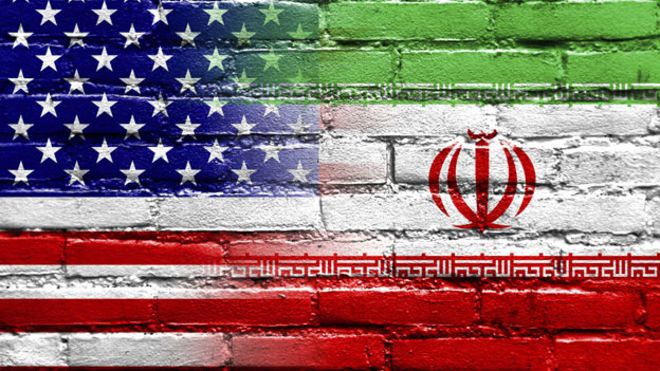The US and Iran: spot the difference
There are some startling similarities between the US and Iranian structures of power.
Both countries have a president who is popularly elected; a lively legislature whose workings are pretty transparent and a powerful judiciary.
Until recently, it wasn’t hard to spot the key difference: the US is a vibrant melting pot of a democracy and Iran an Islamic theocracy.
In the US, until recently, it was possible to declare that the system works and is kept healthy by robust checks and balances at every level. In Iran, the Supreme Leader (who is not the popularly elected president, for that is a quite different office equivalent to the US president) has ideological and political control over the system.
But the slew of recent sweeping rulings that have come down from the US supreme court, bringing big changes to life in America – women’s rights, guns, even the right to regulate polluting industries – says something about the key differences between the US and Iranian systems. The US supreme court faces no limits – not of tenure (judges enjoy a lifetime appointment) and mostly, not from other branches of government.
Theoretically, the US Congress could legislate and override the supreme court’s decisions but a constitutional amendment would require a two-thirds vote from both the House and the Senate, or approval from two-thirds of state legislatures, after which three-fourths of the states must ratify the amendment. This has not happened since 1992.
In many ways then, the US may find it rather difficult in 2022 to blithely argue it is so much more free, democratically led and change-ready than Iran.
We’ll next look more closely at the two systems.
Also read:
https://www.rashmee.com/2022/07/02/the-us-system-is-superior-to-iran-discuss/
https://www.rashmee.com/2022/07/03/in-iran-one-man-exercises-complete-control-for-his-lifetime-in-the-us-its-now-six-people/


